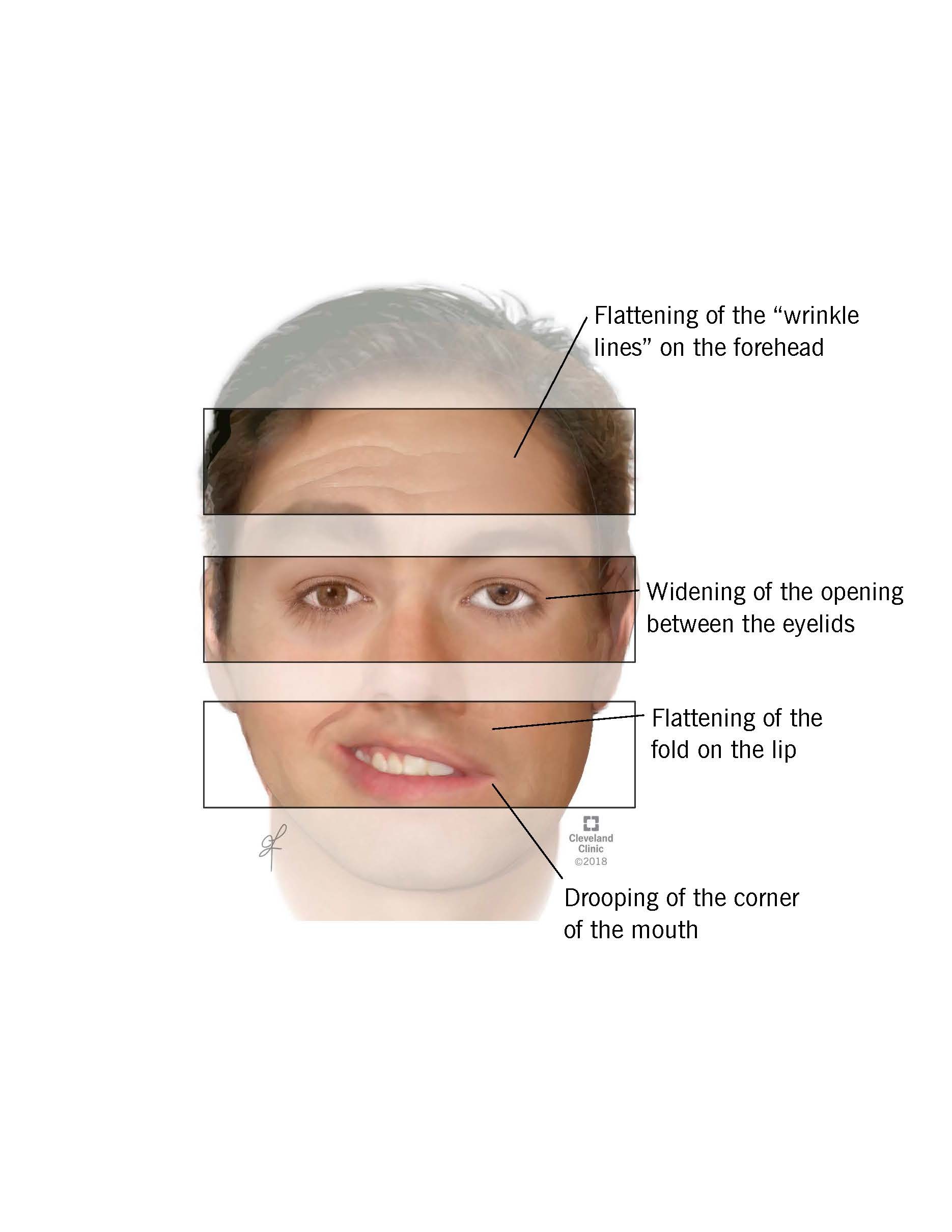Bell’s palsy is a medical condition wherein the facial muscles tend to drool on one side, or it can affect eyelids and cause them to not close as usual. Prominent physician Charles Bell introduced Bell’s palsy, and since then, it has been called out as Bell’s palsy after the physician’s name.
Bell’s palsy is often misinterpreted as facial paralysis, but Bell’s palsy is different. Its effects do not last a lifetime, and some patients have also recovered from the disease without any medications. Doctors from Facial Paralysis Institute have identified that the impact of Bell’s palsy often remains active for several months and, in some cases, goes away without any medical intervention.
Common Symptoms of Bell’s Palsy
Bell’s palsy symptoms uncover immediately out of nowhere and reach their highest levels in just under 48 to 72 hours. The symptoms and effects for every patient are different as some have experienced mild effects, and some patients have reported total paralysis of the affected area. Below are some common symptoms of Bell’s Palsy.
- Problems in Drinking and eating, as well as speaking.
- Continuous Headaches
- Loss of taste
- Dry eyes or Ear pain.
Bell’s palsy is a common disease, and it has been found that around 40,000 Americans develop this disease every year. This demographic shows that the condition is not uncommon; hence, comprehensive medications and treatment options are available. Here are some possible diagnoses and treatments for Bell’s Palsy.
How is Diagnosis Done for Bell’s palsy?
Diagnosis for Bell’s palsy is somewhat easy for doctors as the symptoms and the disease’s effects are visible directly. There are no specific tests to be done for Bell’s palsy. The doctor can have a glance at your face and check the symptoms, and it can be confirmed whether you have Bell’s Palsy or not.
There are some other medical conditions, too, that can create facial deformations like the ones in Bell’s Palsy, so to rule them out and confirm the ailment, your doctor can prescribe the below tests.
- Blood Test
As discussed above, facial deformation can occur due to other diseases, too, so to rule them out, most doctors recommend taking a blood test. A blood test helps doctors know whether you have Bell’s Palsy or any other medical ailment like Lyme or Sarcoidosis.
- MRI or CT Scan
Doctors need MRI and CT scans to clearly understand the disease and rule out other possible sources of facial deformation. Other sources like a skull fracture or too much pressure over facial nerves can also create deformations.
- Electromyography
Electromyography is the ultimate test to determine Bell’s Palsy. Using this test, doctors can understand the actual problems with the disease and can also understand the nerve activity at the damaged area. This test helps doctors proceed with a treatment option and determine how long it will take for you to recover.
What Treatment Options are Available for Bell’s Palsy?
Hospitals like Facial Paralysis Institute and many others offer different treatments to cure patients with Bell’s Palsy. Here you’ll know treatments to expect if you ever develop Bell’s Palsy disease.
- Antiviral Drugs
Antiviral drugs are the best treatment for patients who have developed Bell’s Palsy due to any viral infection. Viral Infections are a standard stimulator for Bell’s palsy, and doctors have often found that many patients have developed it by the herpes virus or by shingles.
If Bell’s Palsy has developed due to a viral infection, doctors may advise you on taking medications like acyclovir. Most doctors also accompany steroids with antivirals to get quick results, but no researches back this technique.
- Physical Exercise Treatment
Muscles are the main affected areas in Bell’s Palsy, and thus there is a risk that they might develop permanent shrinkage. To avoid this problem, doctors also treat patients with Physical exercises and massages that can help relieve the pain. You can resort to a physical therapist to acquire exercises for facial muscles.
- Surgery
Surgery is the last resort for any Bell’s palsy patient, and doctors advise performing surgery on patients with severe symptoms. Facial plastic surgery is performed with great care, as many complications can occur if anything goes wrong.
The patient might lose his/her hearing capability and can also have permanent facial damage. Most doctors do not advise Bell’s palsy surgery, but they can perform plastic surgery to reform the original shape and structure if the patients insist.
Many hospitals like Facial Paralysis Institute do all kinds of treatments on Bell’s Palsy disease—but being a patient, you need to know that there are downsides to some treatments. Gain complete knowledge about the diagnosis and treatment procedures and only then proceed accordingly.



